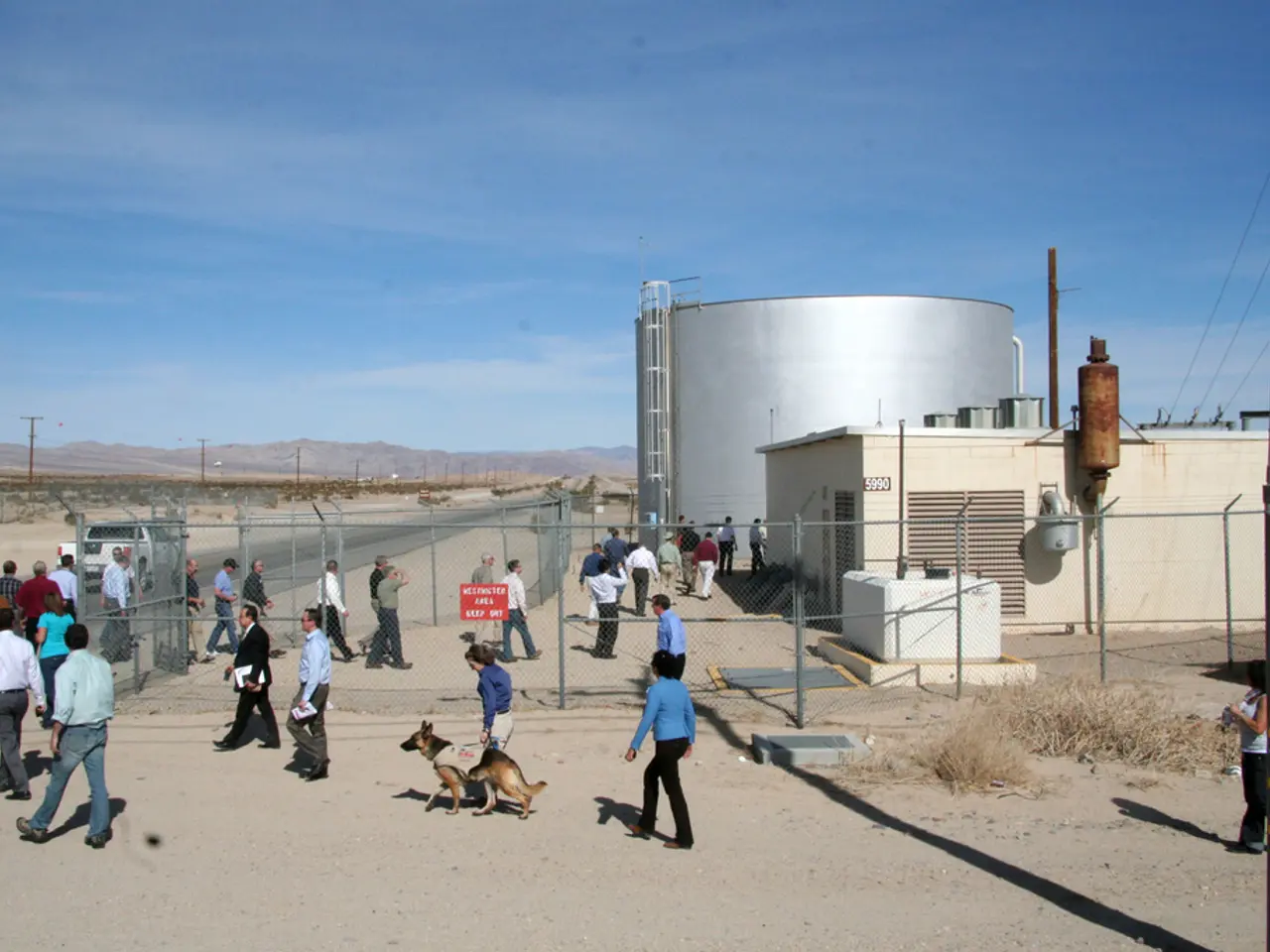International Workforce's Desire for Overseas Positions Experienced a Significant Decrease in 2024
The year 2023 witnessed a significant surge in the influx of migrants to the United States, with over one million migrants arriving, marking a peak in migration. This trend was mirrored in the digital realm, as Indeed's cross-border job search data showed a correlation with actual OECD migration data.
The spike in foreign interest in U.S. jobs peaked in August 2023, before declining thereafter, reaching 1.7% by March 2025. The decline in foreign interest could potentially lead to labor shortages, inflation, and productivity and economic growth issues, especially in sectors with high reliance on foreign workers.
Meanwhile, Australia experienced a dramatic surge in foreign job seeker interest beginning in 2022, following the end of COVID-19 travel restrictions. Foreign job seeker interest in Australian jobs reached almost 400% of its pre-pandemic level by 2024. However, the growth rate of foreign interest began to slow in late 2023, suggesting that initial post-pandemic momentum may have tapered off.
Canada's peak in foreign job seeker interest (7.8% in July 2023) occurred earlier than the global average and prior to other countries analyzed. The decline in foreign interest in Canadian jobs coincided with the introduction of measures to curb the number of non-permanent residents in 2024.
Interestingly, foreign job seeker interest in German jobs peaked at 6.7% of all clicks in August 2024, before declining sharply to a four-year low of 3.5% by February 2025. This decline coincided with political debates around public concerns with rising immigration in Germany's federal elections in February 2025.
The decline in global foreign job seeker interest was most pronounced in architecture and many STEM jobs. However, the decline in foreign applicants is not attributed to specific professions in the search results; instead, skilled labor shortages remain critical in sales, healthcare, and trades with long vacancy times, especially in construction and craft professions.
In contrast, there is actually an increase in vocational training contracts among foreigners, notably from Vietnam, Syria, and Ukraine, especially in health professions and trades. This counters the general decline of new apprenticeships in Germany.
It's worth noting that the lifting of Title 42 in May 2023 did not result in a significant increase in inbound job searches. This suggests that other factors, such as economic performance and domestic policies, may have a more significant impact on foreign job seeker interest.
As of March 2025, 19.8% of all US workers were foreign-born, up from 16.7% in June 2020. Foreign-born workers have driven the bulk of overall growth in the U.S. labor force in recent years. In Australia and Canada, more than one-quarter of workers in the labor market are foreign-born.
In conclusion, the trends in foreign job seeker interest varied across Australia, Canada, Germany, and the United States, reflecting differences in domestic policies and economic performance. The decline in foreign interest in jobs abroad, which peaked in mid-2023 and declined sharply beginning in August 2024, nearly returned to pre-pandemic levels by March 2025.
Read also:
- Peptide YY (PYY): Exploring its Role in Appetite Suppression, Intestinal Health, and Cognitive Links
- Toddler Health: Rotavirus Signs, Origins, and Potential Complications
- Digestive issues and heart discomfort: Root causes and associated health conditions
- House Infernos: Deadly Hazards Surpassing the Flames








